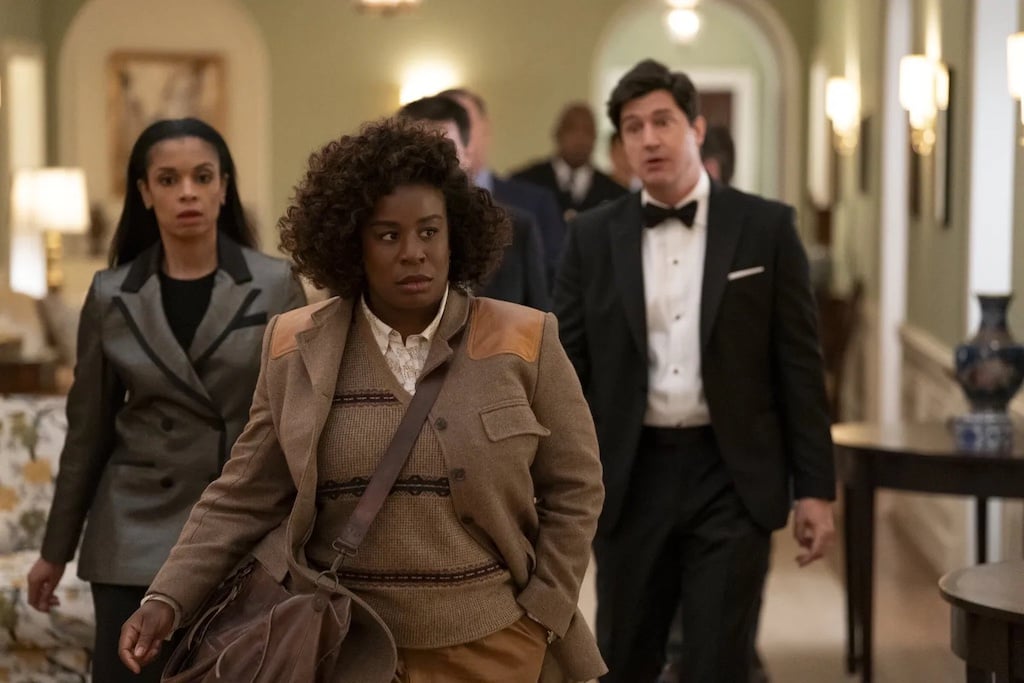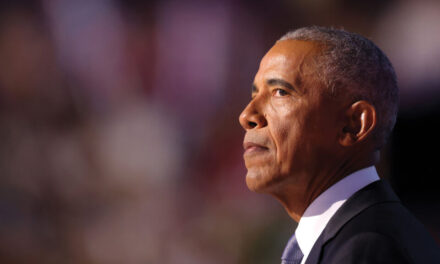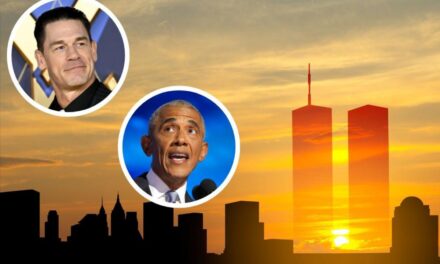
Photograph by Jessica Brooks via Netflix.
The Residence, the latest series produced by acclaimed Grey’s Anatomy and Scandal creator Shonda Rhimes, is based on a nonfiction book of the same name by Bethesda author Kate Andersen Brower, and while the show’s murder mystery is fiction, some characters, events, and details about the White House’s inner workings were gleaned from Brower’s interviews with actual staffers.
So how accurate is The Residence? We did some fact-checking.
Would DC police really investigate a murder in the White House?
The whodunnit plot of The Residence is about the murder of the White House’s chief usher during an Australian State Dinner. Detective Cordelia Cupp (Uzo Aduba), who heads the investigation, is a consultant working with the Metropolitan Police Department. That raises a question: The White House is on federal land. If a suspicious death did take place on the property, wouldn’t a federal law enforcement lead the investigation? Apparently not. The show got this one right. “It’s accurate,” a spokesperson for the MPD says. “The Metropolitan Police Department conducts all homicide investigations in the District of Columbia.”
‘); ]]>
How accurate is the visual depiction of the White House?
One of the most captivating parts of The Residence is its production design. The set included 132 rooms, built across seven soundstages at Raleigh Studios in Los Angeles, and was close to the same size as the actual White House, according to production designer François Audouy. For the most part, according to Fling, the designers did a good job staying true to reality. “In particular, the layouts of the crowded state floors—those public areas that are featured in the state dinner portions of the White House—are very accurate,” she says. “And the artwork that we see featured throughout those rooms is very well-researched. They’re pulled from real pieces in the White House collection.” But the show’s designers say the set is not a dead ringer for the actual White House, particularly when it comes to its color palette. Viewers catch vibrant, Wes Anderson-esque paint and patterns in every room on screen. For example, the model of the third floor—which includes many of the building’s private bedrooms—is full of bright yellows and blues, for the sake of providing some visual interest. In reality, according to Audouy, there are more muted browns and beiges.
Is the White House a birdwatching haven?
Cupp’s tough exterior is tempered by an endearing affinity for birdwatching. In the first episode, she talks about President Teddy Roosevelt’s birding hobby and how he kept a journal of the birds he’d seen on White House grounds. That tracks, according to Sarah Fling of the White House Historical Association. Roosevelt did in fact compile a list from memory of 93 birds he’d seen by the White House and around DC. His list was passed along to author Lucy Maynard, who had asked for his help researching her 1898 book Birds of Washington and Vicinity. “We also see different mentions throughout history of various birds on the White House grounds—things like owls, woodpeckers, cardinals,” Fling says. “So based on that, I do think the White House would be a good birdwatching spot.”
How many people have actually died in the White House?
Cupp declares in the first episode that 10 people have died inside the White House—most recently first lady Bess Truman’s mother, Margaret Wallace, in 1952. It’s true that there have been 10 documented deaths at the White House, Fling says. In addition to Wallace, that toll includes two presidents (William Henry Harrison in 1841 and Zachary Taylor in 1850), three first ladies (Letitia Tyler in 1842, Caroline Harrison in 1892, and Ellen Wilson in 1914), Abraham Lincoln’s 11-year-old son Willie in 1862, and first lady Julia Dent Grant’s father, Frederick Dent, in 1873. After Maine congressman Elisha H. Allen had a fatal heart attack at the White House New Year’s Reception in 1883, there was a period of nearly 70 death-free years before Truman’s White House Press Secretary Charlie Ross died at his desk in 1950, also of a heart attack. But the operative word here is documented deaths. “I would add the caveat that early history is a little bit less documented when you look at the White House, so it’s difficult to give a definitive number,” Fling says.
Do people really call authorities about brake lights reflecting off of White House windows?
In episode five, a boy calls Cupp with a tip about a flashing red light he saw coming from one of the residence’s guest rooms. The federal agents working with Cupp suspect that he was just seeing the brake lights of passing drivers reflected in the window—something they say prompts a lot of calls from concerned citizens. Does that really happen? A US Secret Service spokesperson tells Washingtonian they do not get regular calls about brake light reflections, but “there was an incident in 2017 where we got questions from the press about red lights flashing in the White House windows. The conclusion was that they were from emergency vehicles responding to an incident near Lafayette Park.” At the time, the mystery got a lot of coverage.
Could Kylie Minogue really sleep over at the White House?
The pop star appears as herself in The Residence; she performs at the state dinner when the booked act cancels last-minute. As compensation, she wants to crash in the Lincoln Bedroom. It’s not “outside the realm of possibility” for a White House guest to stay overnight, according to Fling—but it doesn’t really happen much these days. “It’s more common for guests to stay at places like Blair House or hotels in the Washington area.”





